AP Seminar Presentation
1/6
There's no tags or description
Looks like no tags are added yet.
Name | Mastery | Learn | Test | Matching | Spaced |
|---|
No study sessions yet.
7 Terms
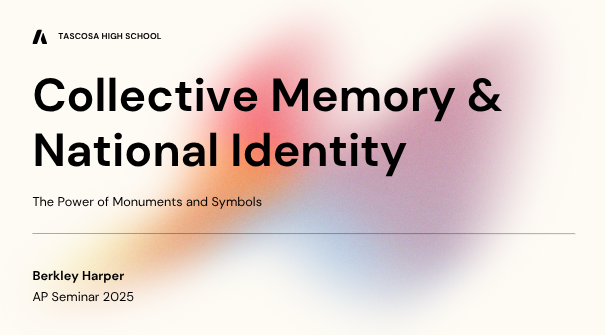
Title Slide Intro
In the United States, there are still over 700 Confederate monuments standing in public places—more than twice as many as there are monuments to civil rights leaders. And most of them weren’t built right after the Civil War. In fact, nearly two-thirds were erected during the early 1900s—decades later—as a way to reinforce white supremacy during the Jim Crow era.”
(Source: Southern Poverty Law Center, 2023)
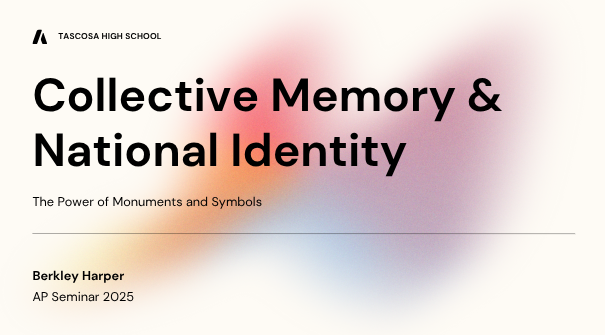
Sentence After intro
That might seem surprising, but it tells us something important: monuments don’t just reflect history—they shape it. They tell us what stories a society wants to celebrate, what it wants to hide, and who gets remembered in the first place.
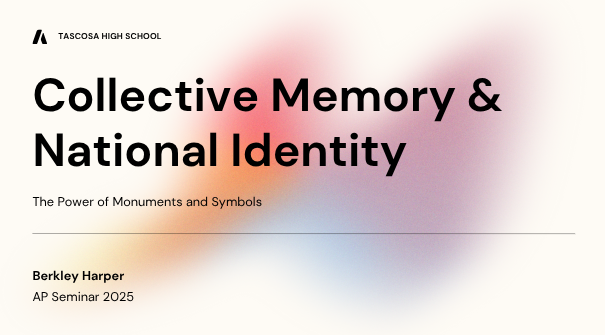
What is the presentation about?
how collective memory, or the way we remember history together, affects our understanding of the past and our national identity. I’ll be focusing on how we use monuments, memorials, and symbols to reflect—or sometimes rewrite—our shared history.”
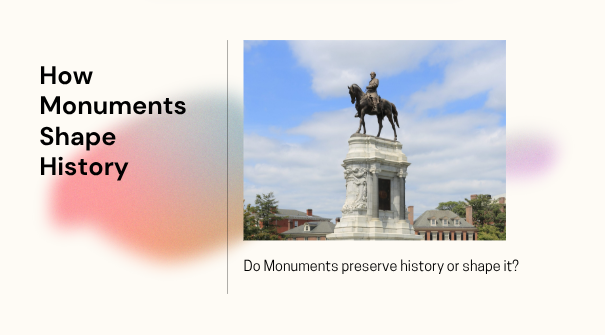
This statue..
This statue right here is an example of a Confederate monument—a type of public symbol that plays a significant role in shaping our collective memory. But, the way these statues are viewed has drastically changed over the years. While they were initially erected to honor ‘Southern heritage,’ today, many people see them as a symbol of oppression and racism.”
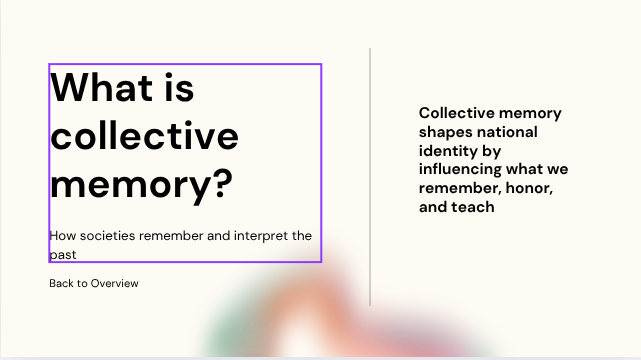
What is Collective Memory?
So, what exactly is collective memory? Maurice Halbwachs, a French sociologist, first introduced the idea. Collective memory is how societies, or groups, come together to remember the past. It’s different from individual memory because it’s shaped by the values, experiences, and agendas of the group. In other words, collective memory doesn’t always reflect factual history—it reflects what society chooses to remember and emphasize.”
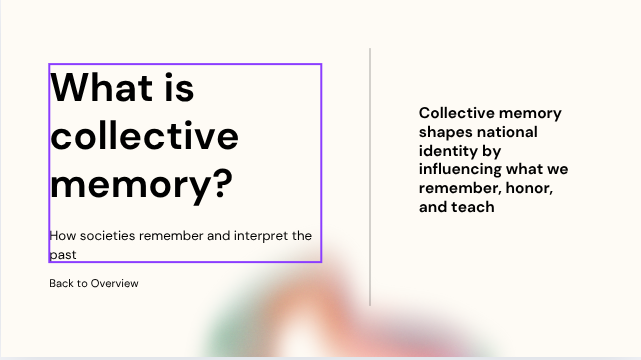
These monuments are…
These monuments are examples of selective memory—they don’t necessarily capture the full historical truth. For instance, the Confederate monuments were often built decades after the Civil War, during a time when the South was enforcing racial segregation. They were placed in public spaces to send a message about who held power, not just to honor the fallen soldiers. These monuments were symbols of a very specific version of the past.”
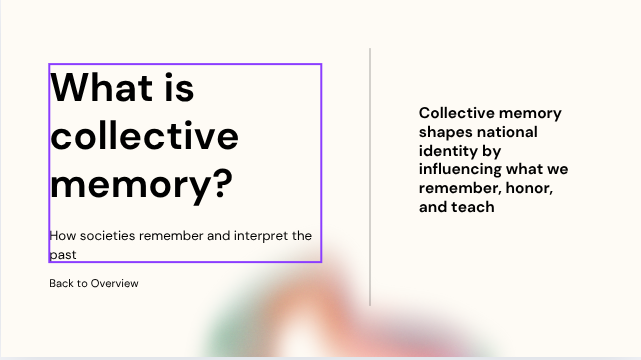
Now as we
Now, as we move into the present-day debates about whether these monuments should stay up, we have to ask ourselves: What does a monument represent? Does it represent historical truth, or does it represent the values of those who put it up? And what happens when the public wants to rewrite or remove certain symbols of the past?”